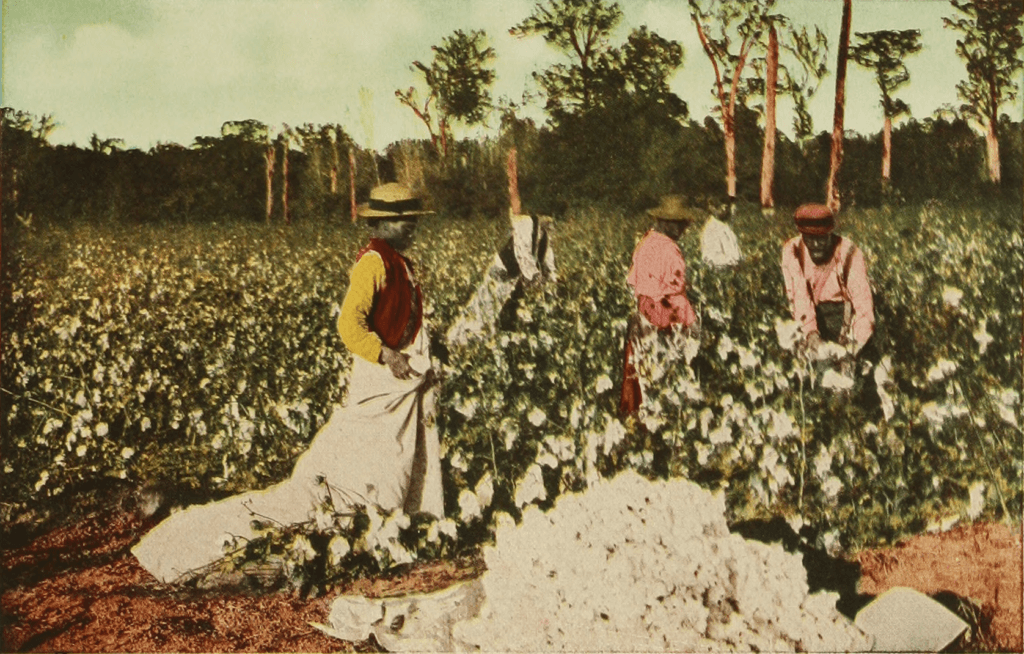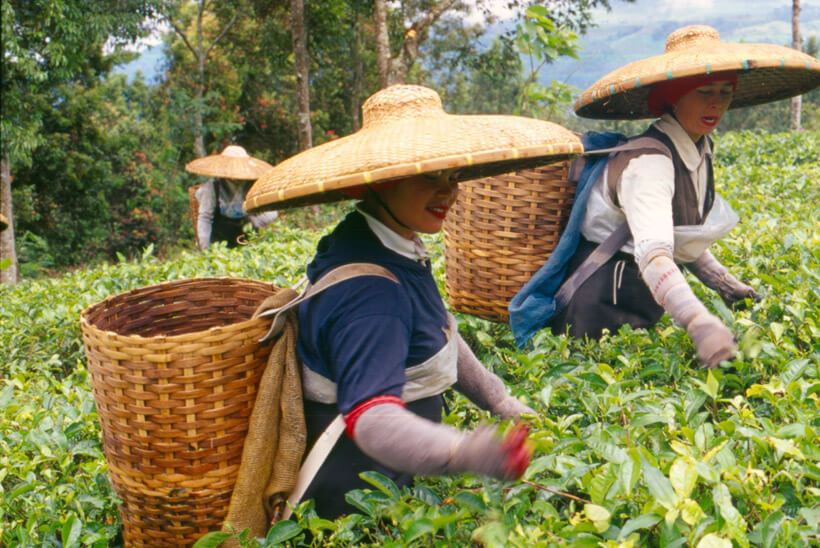- Who was Derwent S. Whittlesey?
- Derwent Whittlesey's Classification of World Agricultural Regions
- Five characteristics for the division of agricultural regions
- Nomadic Herding
- Shifting Cultivation
- Rudimentary sedentary agriculture
- Intensive subsistence agriculture with paddy crop dominance
- Intensive subsistence agriculture without paddy crop dominance
- Subsistence crop and livestock farming
- Mediterranean agriculture
- Livestock ranching
- Extensive Commercial Grain Farming
- Commercial grain and livestock farming
- Commercial dairy farming
- Horticulture intensive agriculture
- Plantation agriculture
- Five characteristics for the division of agricultural regions
Derwent Whittlesey’s Classification of World Agricultural Regions is a system of classifying the world’s agricultural regions based on the combination of crops and livestock raised and the intensity of farming. The classification system which is widely used even today, was published in 1936 in ‘Annals of Association of American Geographers (vol. 26: 199-240)’. Derwent’s classification was initially based on the ideas of German geographer Alexander von Humboldt which was further refined by Thomson and Fryer in 1962, 65.
Who was Derwent S. Whittlesey?
Derwent Stainthorpe Whittlesey (1890-1956) was an American geographer. He was born in Illinois and received his master’s degree in history from the University of Chicago in 1913. He served in World War I, where he developed an interest in the role of geography in warfare.
After the war, Whittlesey earned his doctorate in geography from Harvard University in 1922. He then joined the faculty of Harvard, where he remained for the rest of his career. He was the only professor of geography at Harvard for many years.
Whittlesey was a prolific author and wrote extensively on a variety of geographical topics, including political geography, economic geography, and historical geography. He is best known for his work on the geography of Africa, which he visited several times. Whittlesey wrote about the geography of the Boston region and the geography of war. He was a leading figure in the field of geography in the United States during the mid-20th century and was also a member of the National Academy of Sciences and the American Philosophical Society. He also served as president of the Association of American Geographers from 1941 to 1942.
Whittlesey’s work has had a lasting impact on the field of geography. He is credited with developing the concept of “sequence occupancy,” which refers to how different societies have modified the physical landscape over time. He also made significant contributions to the study of political geography and the geography of Africa.
Some Notable Contributions of Derwent Whittlesey
- He coined the term “sequence occupancy” to describe how different societies have modified the physical landscape over time.
- He developed a classification system for the world’s agricultural regions.
- He was a leading expert on the geography of Africa.
- He wrote extensively on the geography of war and national power.
- He was a strong advocate for the use of geography in public policy.
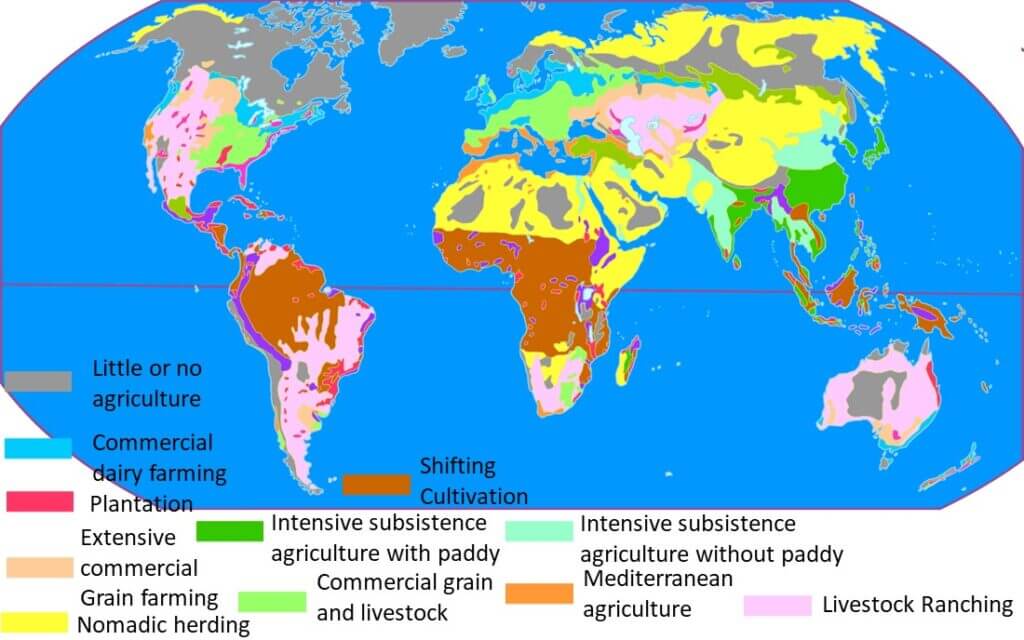
Derwent Whittlesey’s Classification of World Agricultural Regions
Derwent based his division of the world’s agricultural regions largely on the ideas of Russian geographer Alexander von Humboldt. Humboldt was instrumental in developing the concept of agricultural geography as a distinct field. He emphasized the significance of physical geography, climate, and biogeography in determining the types of agriculture practised in different regions.
Whittlesey extended these ideas in his work in agricultural geography. He incorporated aspects of human geography and economic factors, recognizing that human decisions, economic systems, and cultural practices, along with physical conditions, influence agriculture. This holistic approach aided in categorizing the world’s different agricultural regions, considering both natural environment and human factors.
Five characteristics for the division of agricultural regions
Derwent Whittlesey delineated the agricultural system of the earth on the following five characteristics of agriculture:
- Crop and livestock association: This refers to the combination of crops and livestock raised in a particular region. For example, in some regions, farmers may specialize in raising livestock, such as cattle or sheep. In other regions, farmers may grow a variety of crops, such as wheat, corn, and soybeans.
- Labour and capital intensity: This description explains the use of labour and capital in agricultural production. Some regions practice labour-intensive agriculture, employing significant manual labour to produce crops and livestock. In contrast, other regions focus on capital-intensive agriculture, utilizing extensive machinery and technology.
- Productivity: This refers to the amount of output that is produced per unit of input. In some regions, agricultural productivity is high, meaning that farmers can produce a lot of crops and livestock with relatively little input. In other regions, agricultural productivity is low, meaning that farmers need to use a lot of input to produce a relatively small amount of output.
- Consumption pattern of production: This refers to the usage of agricultural products. In some regions, domestic consumption accounts for the majority of agricultural products. In other regions, the majority of agricultural products are exported to other countries.
- Methods and techniques used: This refers to the specific methods and techniques that farmers use to produce crops and livestock. For example, some farmers may use traditional farming methods, such as hand ploughing and irrigation. Other farmers may use modern farming methods, such as mechanization and chemical fertilizers.
Based on the above five characteristics, Whittlesey gave 4 major regions subdivided into 13 minor agricultural regions.
Nomadic Herding
This type of agriculture is practised in arid and semi-arid regions of Central Asia, North Africa, and the Middle East. Nomadic herding is a type of agriculture in which livestock are herded from one place to another in search of fresh pasture and water. It is a traditional way of life that has been practised for thousands of years, and it is still common in many parts of the world today.
Nomadic herders typically live in arid and semi-arid regions where crop production is difficult. They raise a variety of livestock, including cattle, sheep, goats, camels, and reindeer. The specific types of livestock that are raised vary depending on the environment and the needs of the herders. Nomadic herders move their livestock seasonally to find fresh pasture and water. In the spring, they move to higher elevations where the snow has melted and the grass is new. In the fall, they move to lower elevations where the weather is milder.

Shifting Cultivation
Shifting cultivation, also known as swidden agriculture or slash-and-burn farming, represents an agricultural system where cultivators temporarily use plots of land, and then abandon them to let post-disturbance fallow vegetation grow naturally. Cultivators move to another plot after this phase. Usually, they terminate cultivation when the soil shows exhaustion signs or, more commonly, when weeds overrun the field. The cultivation period typically lasts shorter than the time the land regenerates through fallow periods.
This ancient agricultural system, practised for thousands of years, remains prevalent today among millions of people, especially in tropical rainforests. Areas with poor soils and high rainfall often see the practice of shifting cultivation. The process begins with the clearing of a small plot of forest. The trees are felled and the vegetation is burned. The ashes from the fire fertilize the soil, and the farmer then plants crops such as rice, maize, cassava, and beans. The crops are harvested after one or two growing seasons. After that, the plot of land is abandoned and allowed to lie fallow for several years. During this time, the forest regrows and the soil is restored. It is practised in tropical regions of Africa, Asia, and Latin America.
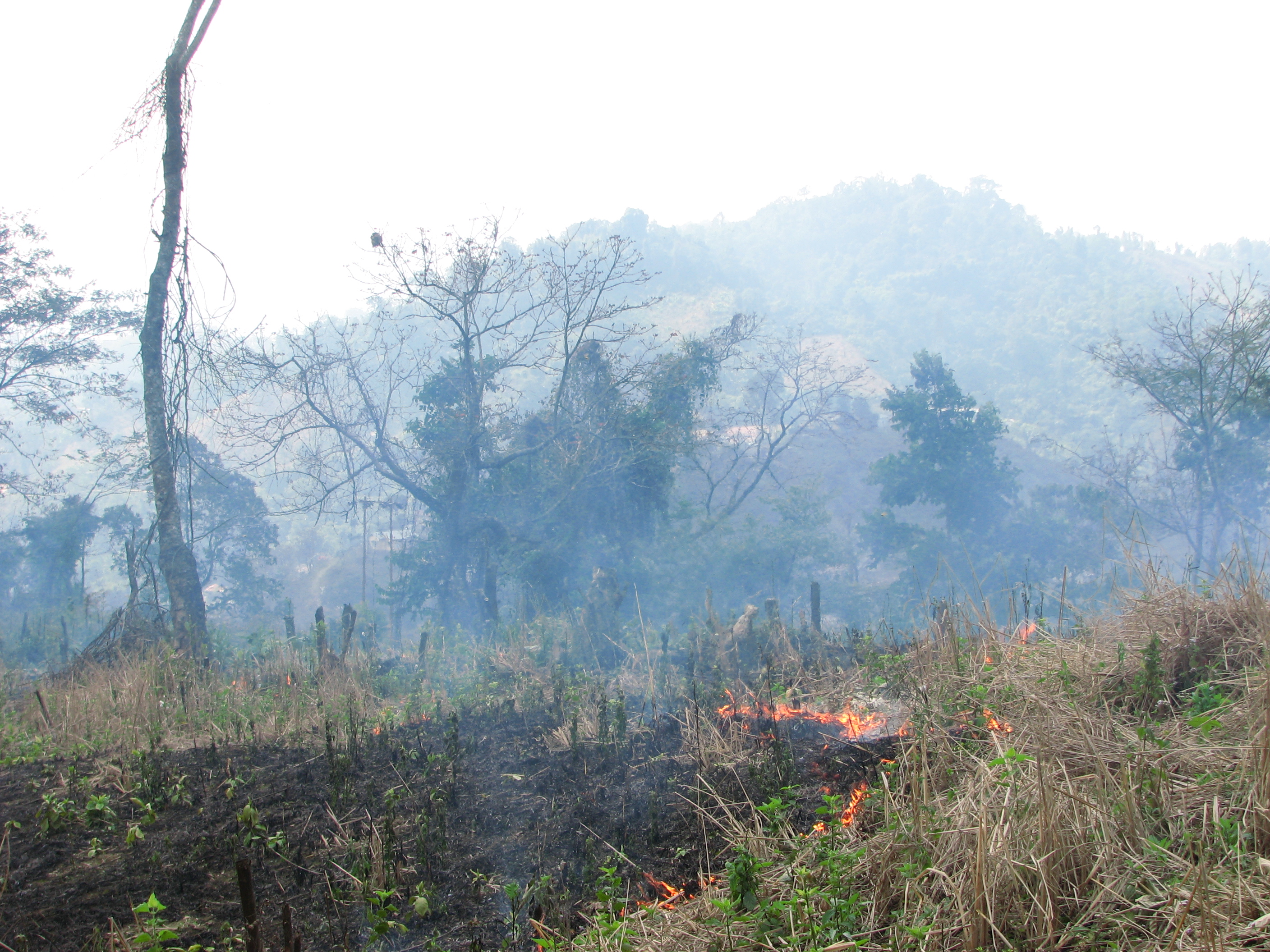
Rudimentary sedentary agriculture
It is a type of agriculture in which farmers cultivate the same plot of land year after year, using simple tools and techniques. It is a more advanced form of agriculture than shifting cultivation, but it is still relatively basic. Rudimentary sedentary agriculture is typically practised in areas with limited resources, such as poor soils and low rainfall. Farmers use simple tools such as hoes and digging sticks to cultivate the land. They may also use manure or other organic matter to fertilize the soil. Farmers typically plant a variety of crops in their fields, including grains, vegetables, and fruits. They may also raise livestock, such as chickens, goats, and pigs. It is practised in the regions of Africa, Southeast Asia, South America, and Central America.

Intensive subsistence agriculture with paddy crop dominance
It is a type of agriculture in which rice is the main crop and is grown intensively on small plots of land. This type of agriculture is common in East and Southeast Asia, where rice is the staple food. Farmers who practice intensive subsistence agriculture with paddy crop dominance use a variety of techniques to maximize their yields. These techniques include:
- Terracing: Terracing is a practice of building level shelves on hillsides to create more arable land. This helps to prevent soil erosion and allows farmers to grow rice on steeper slopes.
- Irrigation: Irrigation is the practice of supplying water to crops artificially. This is essential for rice cultivation, as rice needs to be grown in water.
- Crop rotation: Crop rotation is the practice of planting different crops in the same field in succession. This helps to maintain soil fertility and reduce the risk of pests and diseases.
- Intercropping: Intercropping is the practice of planting two or more crops together in the same field. This can help to improve soil fertility and reduce the risk of crop failure.
Intensive subsistence agriculture with paddy crop dominance is a labour-intensive type of agriculture. Farmers typically work long hours to cultivate their fields and harvest their crops. However, this type of agriculture is also very productive, and farmers can produce enough food to feed their families and sell any surplus in the market.

Intensive subsistence agriculture without paddy crop dominance
In this type of agriculture, farmers intensively grow crops on small plots of land, but they mainly focus on crops other than rice. This practice is common in areas unsuitable for rice cultivation, such as dry regions or places with high altitudes.
Farmers who practice intensive subsistence agriculture without paddy crop dominance use a variety of techniques to maximize their yields on small plots of land. These techniques include:
- Fertilizer: Farmers use manure or other organic fertilizers to improve the fertility of the soil.
- Crop rotation: Farmers plant different crops in the same field in succession to maintain soil fertility and reduce the risk of pests and diseases.
- Intercropping: Farmers plant two or more crops together in the same field to improve soil fertility and reduce the risk of crop failure.
- Irrigation: Farmers irrigate their crops in areas where rainfall is not sufficient.
- Terracing: Farmers terrace hillsides to create more arable land and prevent soil erosion.
The specific crops that are grown in intensive subsistence agriculture without paddy crop dominance vary depending on the local climate and soil conditions. Some common crops include: Wheat, Barley, Millet, Sorghum, Maize, Beans, Potatoes, Sweet potatoes, Vegetables
Intensive subsistence agriculture without paddy crop dominance is a labour-intensive type of agriculture, but it is also very productive and can provide enough food for a family. It is a way of life that is deeply connected to the land and culture in many parts of the world.
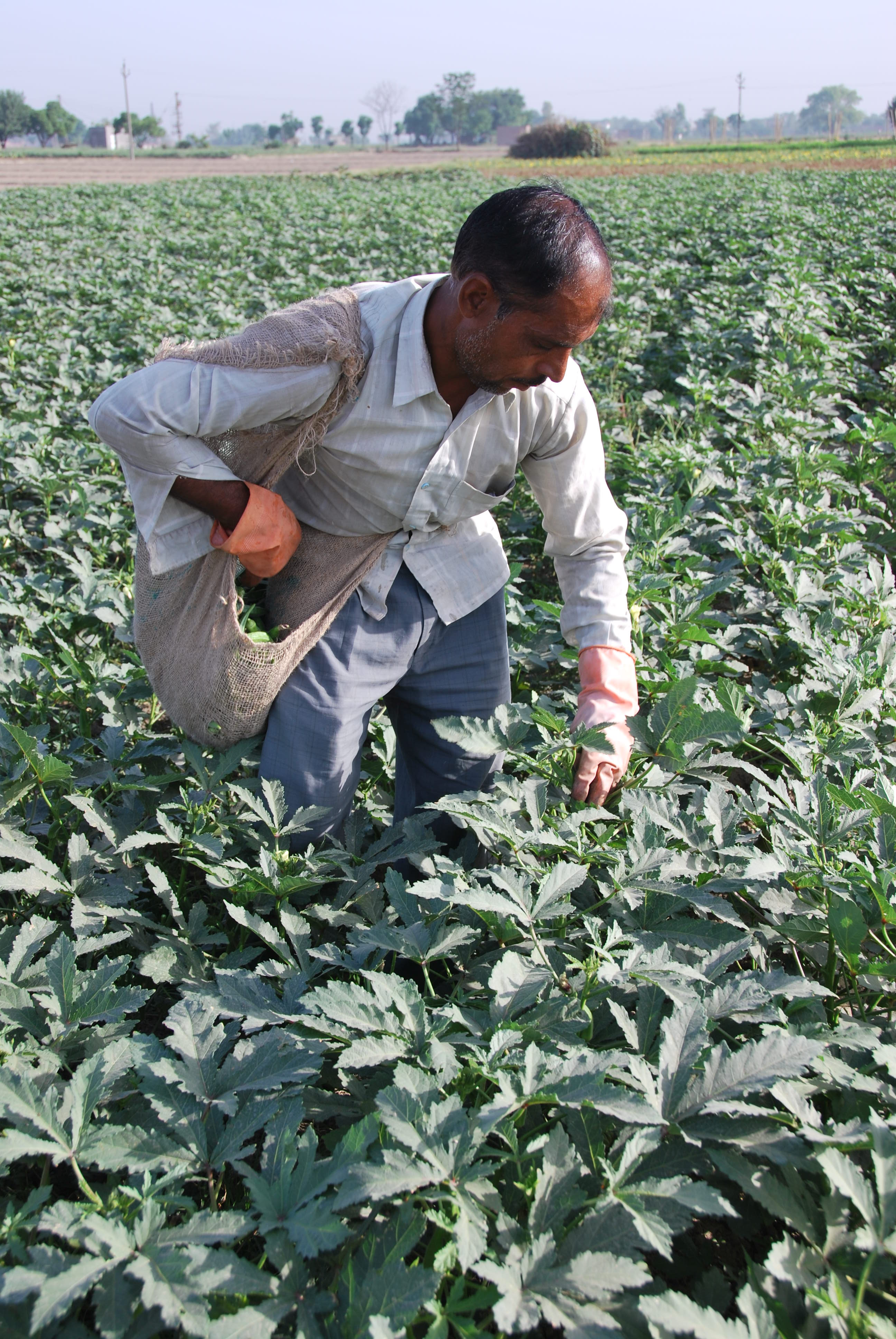
Subsistence crop and livestock farming
This type of agriculture is practised in a variety of climates and soils in Africa, Asia, and Latin America. This is a type of agriculture in which farmers grow crops and raise livestock to meet their own needs and the needs of their families. This type of agriculture is common in developing countries and rural areas, where people may not have access to markets or have limited incomes. Farmers typically grow a variety of crops, such as grains, vegetables, and fruits. They may also raise livestock, such as chickens, goats, and pigs. This allows them to have a diversified diet and to reduce their risk of crop failure.
Subsistence crop and livestock farming is a labour-intensive type of agriculture. Farmers typically work long hours to cultivate their fields, care for their livestock, and harvest their crops. However, it can also be a very rewarding way of life. Farmers have a deep connection to the land and a wealth of knowledge about the crops and animals they care for.

Mediterranean agriculture
In the Mediterranean region, farmers practice a specific type of agriculture adapted to the Mediterranean climate. This climate features hot, dry summers and mild, wet winters. The crops grown here thrive in these conditions, enduring the hot, dry summers effectively.
Crops grown under this system are of high value. Some examples of such crops are:
- Olive groves of Spain
- Vineyards of Italy
- Citrus groves of Greece
- Vegetable farms in Morocco
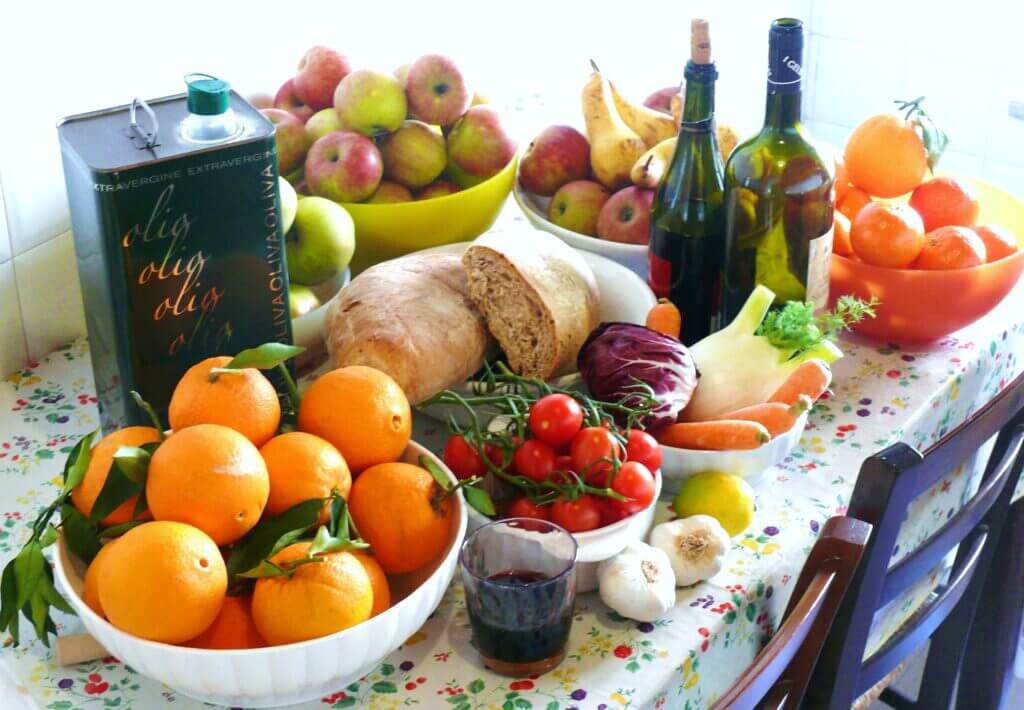
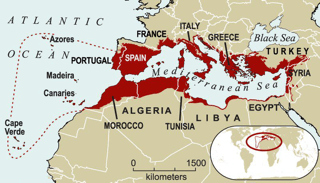
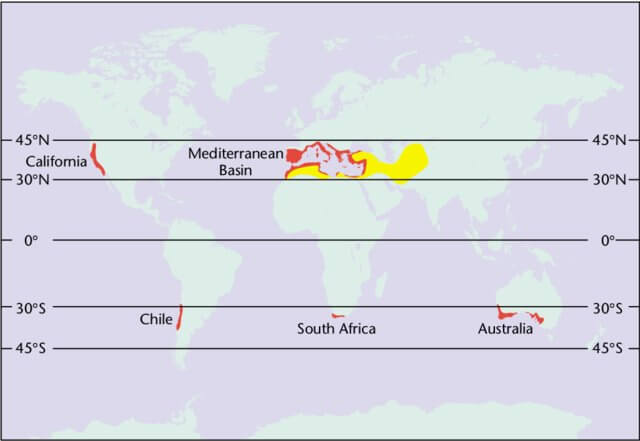
Livestock ranching
Farmers practice this type of agriculture in the temperate grasslands of North America, South America, Australia, New Zealand, and South Africa. In this agriculture, farmers raise animals on large tracts of land. Ranchers typically raise cattle, sheep, and horses, but they can also ranch other animals such as goats, bison, and elk. Many parts of the world practice ranching, but it is most common in dry regions where growing crops is challenging. Ranchers utilize the land to produce grazing for their animals and may also grow hay and other crops to feed their animals during winter.
Regions in which livestock ranching is practised
- North America: The Great Plains of the United States and Canada are major cattle ranching regions.
- South America: The Pampas region of Argentina, Uruguay, and southern Brazil is a major cattle and sheep ranching region.
- Australia: The Outback is a major cattle and sheep ranching region.
- Africa: The Sahel region of North Africa and the savannas of East and Southern Africa are major cattle ranching regions.
- Asia: The steppes of Central Asia and the grasslands of Mongolia are major cattle and sheep ranching regions.
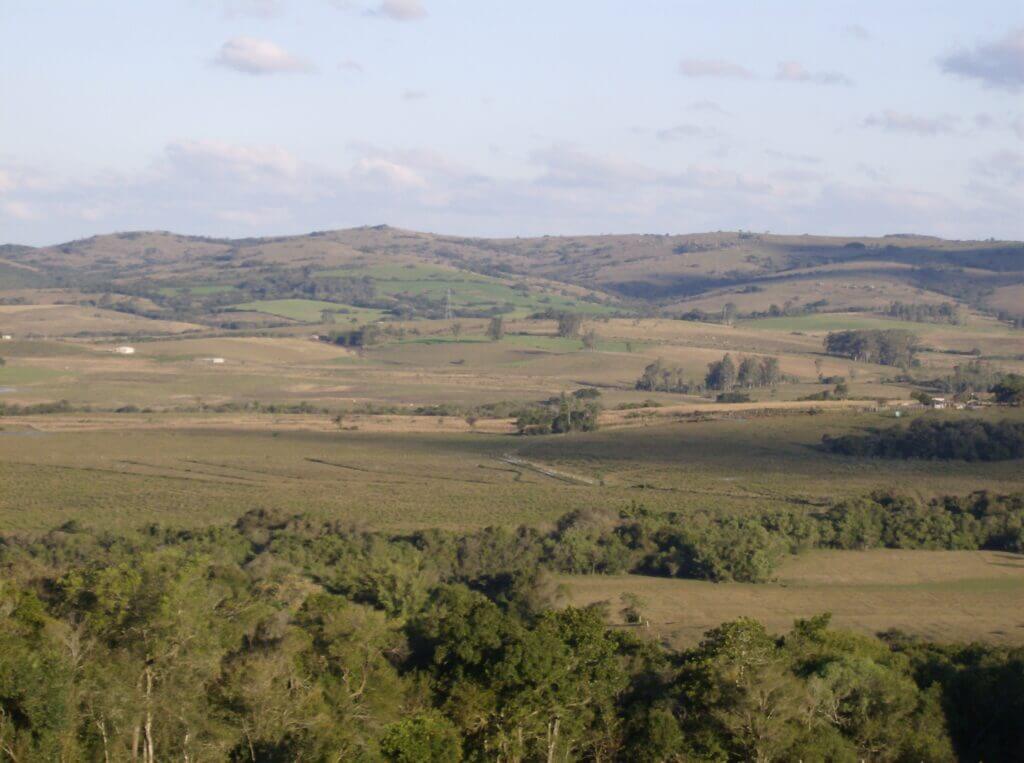

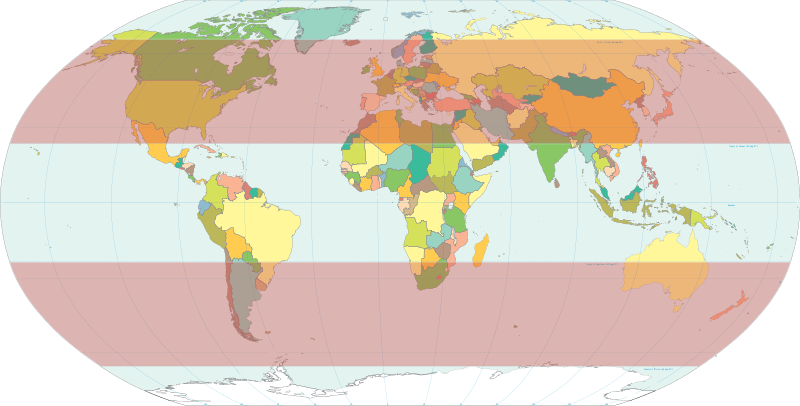
Extensive Commercial Grain Farming
Extensive commercial grain farming involves using large land areas to cultivate grains like wheat, corn, and soybeans. Farmers typically practice this agriculture in semi-arid regions where the climate limits the growth of other crops. The key features of this farming include the use of large machinery and high-yield crop varieties. Although it yields less per hectare, it achieves high yields per person due to the minimal labour required compared to other agriculture types. This farming method is common in temperate grasslands.
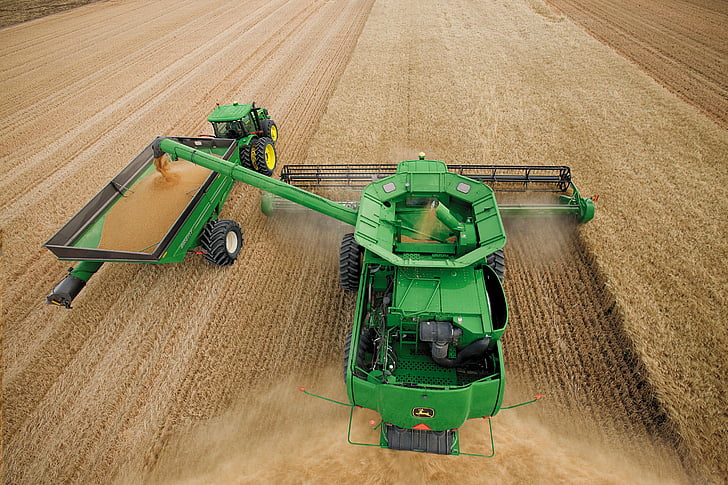
Commercial grain and livestock farming
Farmers in the temperate regions of North America, Europe, and Australia practice this type of agriculture. They raise crops and livestock for market sale. This farming approach, typically conducted on a large scale, incorporates modern methods and technologies to achieve high yields.
Some features of this type of farming are
- High productivity: Commercial grain and livestock farming is very efficient at producing large quantities of food. This is important for meeting the needs of a growing global population.
- Economic benefits: Commercial grain and livestock farming can provide a good income for farmers and other people involved in the agricultural sector. It can also contribute to rural economic development.
- Global food security: Commercial grain and livestock farming plays an important role in global food security by ensuring that there is a sufficient supply of food available to meet the needs of the global population.
Commercial dairy farming
This type of agriculture is practised in the temperate regions of Europe, North America, and Australia. It is a type of agriculture that involves the raising of dairy cows for the production of milk and milk products. This type of farming is typically practised on a large scale, and it uses modern farming methods and technologies to produce high yields.
Commercial dairy farms are typically found in areas with a mild climate and abundant land. Some of the major regions of commercial dairy farming include:
- The United States
- Canada
- Europe
- Australia
- New Zealand
Commercial dairy farms typically have large herds of dairy cows, and they use a variety of technologies to manage their herds and produce milk efficiently. Some of the technologies used in commercial dairy farming include:
- Milking machines
- Automated feeding systems
- Cow monitoring systems
- Reproductive technologies
- Refrigeration systems
Commercial dairy farming is an important part of the global food system. It provides milk and milk products for billions of people around the world.

Horticulture intensive agriculture
It is a type of agriculture that focuses on the cultivation of high-value horticultural crops, such as fruits, vegetables, flowers, and ornamental plants, on a small scale using intensive methods. It is often practised in areas with high population density and limited land availability.
Horticulture-intensive agriculture is characterized by the use of a variety of techniques to maximize crop yields, such as:

- High-density planting
- Fertilization
- Irrigation
- Pest and disease control
- Protected cultivation (e.g., greenhouses)
This type of agriculture can be very productive and can provide a good income for farmers. However, it is also labour-intensive and can be expensive to implement. It is practised in densely populated regions of Europe, North America, and Asia.
Plantation agriculture
In this type of agriculture, farmers grow a single crop or a small number of crops on a large scale, typically for commercial purposes. They often practice this in tropical and subtropical regions, where the climate suits high-value crops like coffee, cocoa, tea, sugar cane, rubber, and palm oil.
Plantation agriculture is characterized by the following features:
- Large-scale production: Plantation farms are typically very large, often covering thousands of hectares.
- Monoculture: Plantation farms typically grow a single crop or a small number of crops. This is because monoculture is more efficient and profitable than polyculture.
- Intensive use of land and labour: Plantation agriculture is a very intensive form of agriculture, requiring a large amount of land and labour.
- Use of machinery: Plantation agriculture often relies heavily on machinery to cultivate and harvest crops.
- Export orientation: Plantation crops are often grown for export, rather than for domestic consumption.
Here are some examples of plantation agriculture:
- Coffee plantations in Brazil
- Cocoa plantations in Ghana
- Tea plantations in India
- Sugar cane plantations in Cuba
- Rubber plantations in Malaysia
- Palm oil plantations in Indonesia
